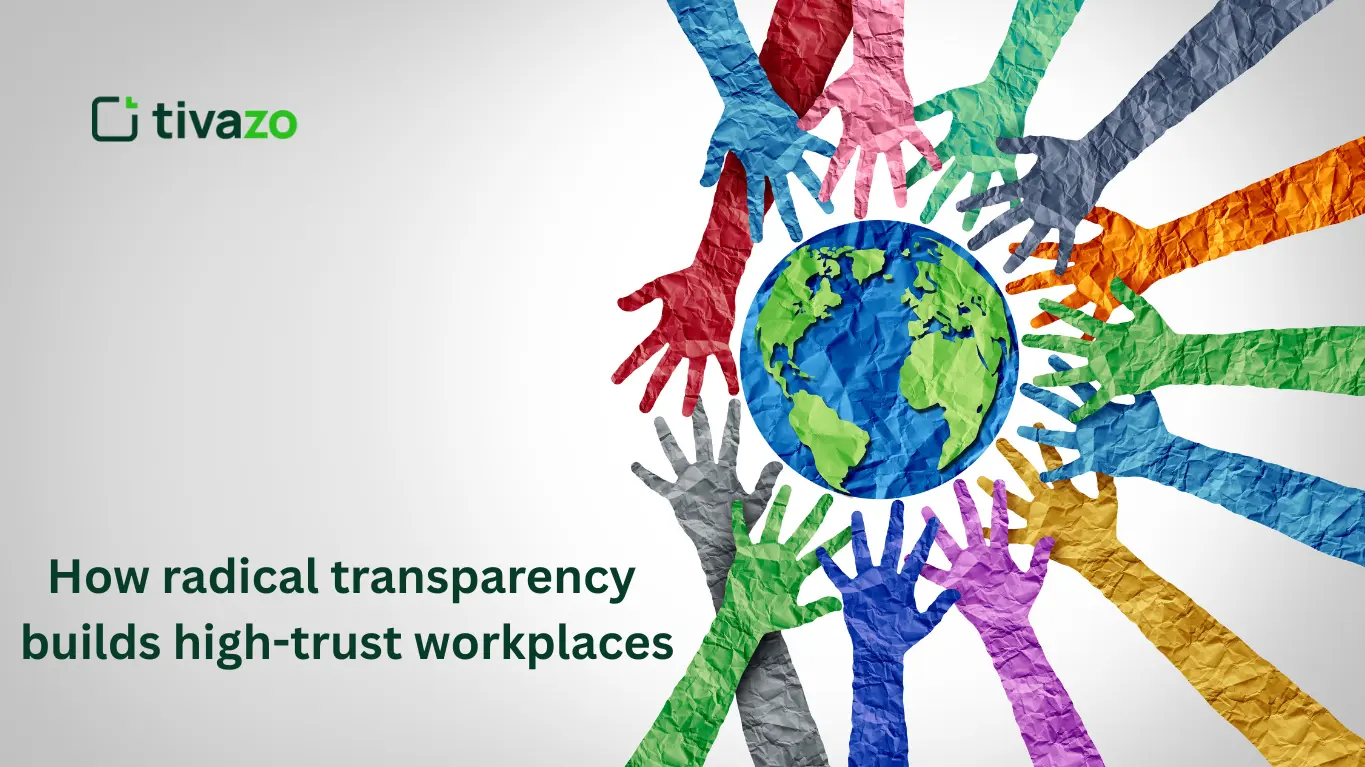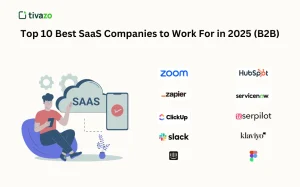A culture of candor means people speak the truth, even when it’s uncomfortable.
There’s no dancing around facts. No hiding mistakes. No waiting for permission to share what matters. A culture of candor fosters a workplace where transparency is the norm, not the exception.
Most teams talk about open communication. Few do it. Fear blocks feedback. Hierarchy blocks honesty. That’s where candor steps in—by making truth-telling a daily practice, not a rare event.
This article breaks it down. What is candor? What it’s not. Why do companies like Netflix and Bridgewater make it central to how they operate? How leaders build or destroy it. Where it helps and where it hurts.
Skip the fluff. Candor doesn’t wait. It speaks now.
What is a culture of candor?
Warren Bennis introduced the idea of a “culture of candor” in corporate governance. His warning was simple. When people stop telling the truth, systems collapse.

Candor means directness without hostility. Honesty without delay. Transparency that runs deep, not just in meetings or mission statements. It’s not a one-time gesture. It’s a habit.
In a candid culture:
- Feedback flows in every direction
- Hard questions aren’t punished
- Mistakes are discussed openly
- Silence is treated as a signal that something’s wrong
It’s different from brutal honesty, which can come off as careless or cruel. The culture of Candor has the edge, but also care. It’s not gossip. It’s not passive aggression. It’s truth delivered responsibly.
What does a culture of candor mean?
It means truth-telling is baked into the way people work. People don’t filter or fear their voices. They say what they mean.
Is candor the same as transparency?
No. Transparency is about access to information. The culture of Candor is about speaking one’s mind. One is passive. The other is active.
Why organizations need candor today
A culture of candor speeds things up. Decisions don’t wait for consensus. People bring problems forward early, not after they’ve spiraled.
Innovation thrives when people challenge ideas. Safe teams don’t just nod—they push, question, and disagree. Without candor, teams recycle the same thoughts and make the same mistakes.
Employee engagement grows when people feel heard. Psychological safety isn’t just about being nice. It’s about being real. Candor builds that by making hard conversations routine.
Netflix famously uses a feedback-driven culture to keep teams sharp. At Bridgewater, feedback is mandatory, even when it targets leadership. These aren’t feel-good stories—they’re strategic decisions.
A 2023 Gallup report found that only 3 in 10 employees strongly agree their opinions count at work. That’s a signal. Most people are withholding what they know. That’s slow. That’s expensive.
Candor changes that.
Leadership’s role in building candor
Leaders go first. If they dodge the truth, so does everyone else.
Real candor starts when leaders drop the armor. They admit when they’re wrong. They listen without defensiveness. They invite questions, not just applause.
A culture of candor doesn’t survive in rigid hierarchies. Communication has to flow freely. That means flattening the room and removing barriers that make junior staff afraid to speak.
It’s not about always agreeing. It’s about creating space for disagreement without consequences.
Ray Dalio said it best:
“The biggest threat to good decision-making is harmful emotions, and the best antidote is radical transparency.”
Leaders who embrace that build teams that move faster, think harder, and grow stronger.
Practical strategies to foster candor
You don’t need posters on the wall. You need systems that push truth to the surface.

- Start with 1-on-1s. No status updates. Real conversations. Ask the hard questions. What’s not working? What are we avoiding? What do you wish you could say?
- Make space for anonymous feedback, but don’t stop there. An anonymous channel is a start, not a solution. The goal is a culture where people sign their names to criticism because they trust it won’t be used against them.
- Reward the hard truths. Praise the person who points out what’s broken, not just the one who keeps things moving. Constructive criticism should get credit, not punishment.
- Train for it. Don’t assume people know how to give or receive honest feedback. Most don’t. Run workshops. Make scripts. Practice responses to tough input. Build muscle.
- Psychological safety isn’t fluff. It’s policy. Protect those who speak up. When people take a risk to tell the truth, what happens next defines your culture. Every time.
Risks and challenges of too much candor
Too much culture of candor without structure becomes chaos. Some people confuse candor with cruelty. They use “honesty” as an excuse to dump unfiltered opinions.
That creates damage. Candor isn’t an excuse to ignore timing or tone. Hurt feelings can spiral into distrust.
Culture matters. What feels candid in one region may feel aggressive in another. Global teams can misfire if candor isn’t contextualized.
And then there’s the manipulator. They speak with “honesty” to control outcomes. To dominate meetings. To discredit others. That’s not candor. That’s strategy.
Balance truth with empathy. Ask, “Is this true? Is it helpful? Is it kind?” All three must hold. Without empathy, candor becomes a weapon.
Real-life examples of candor in action
| Netflix pushes candor hard. Their culture memo says, “You only say things about fellow employees you will say to their face.” That’s not a motto. That’s a rule. |
| Bridgewater requires every employee to give feedback—even to the CEO. It’s not optional. Meetings are recorded. Disagreements are encouraged. Radical transparency is the operating system. |
| Google’s Project Aristotle found that psychological safety, which thrives on candor, was the single most important factor in team effectiveness. It beat out intelligence and skill. |
| Now, the other side. At Boeing, internal emails warning about the 737 Max were buried. Employees feared backlash. That silence cost lives and billions. Candor might have stopped it. |
| Bridgewater requires every employee to give feedback, even to the CEO. It’s not optional. Meetings are recorded. Disagreements are encouraged. Radical transparency is the operating system. |
Measuring the impact of a culture of candor
Don’t guess. Measure it.

Look at retention. Are people staying or fleeing silence?
Check engagement scores. Do people feel heard?
Track innovation. Are new ideas being shared, tested, and built?
Use quick pulse surveys. Ask one question weekly: “Is it safe to speak your mind here?” Watch the trend.
Track behavior. How many suggestions reach leadership? How many meetings include pushback? How often does someone challenge a decision without consequence?
Candor doesn’t hide. It leaves footprints.
conclusion
Trust moves faster when the truth isn’t blocked. A culture of candor fuels speed, honesty, and innovation. It kills silence. It builds morale.
This isn’t a motivational trick. It’s a structural shift. It takes guts to lead with candor and even more to protect it.
If your culture feels quiet, it’s time to fix it. Start with leadership. Start now.


